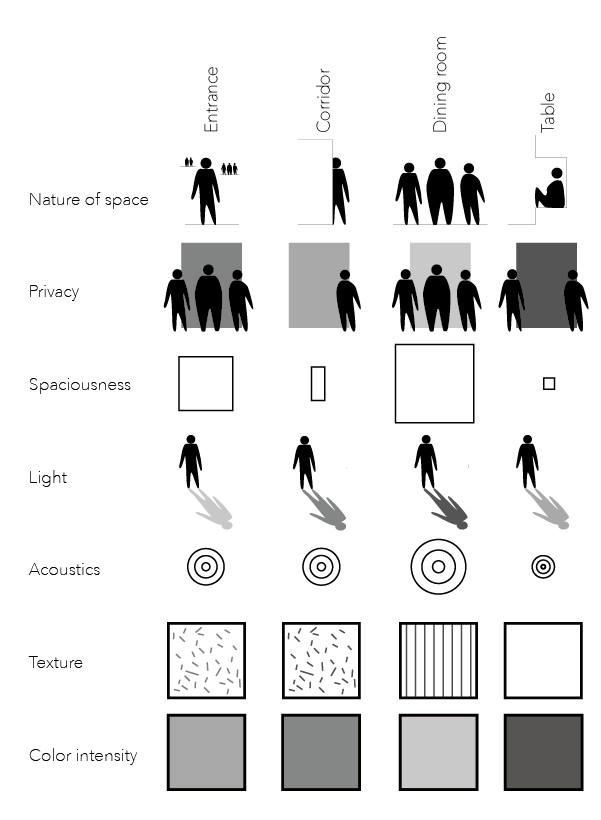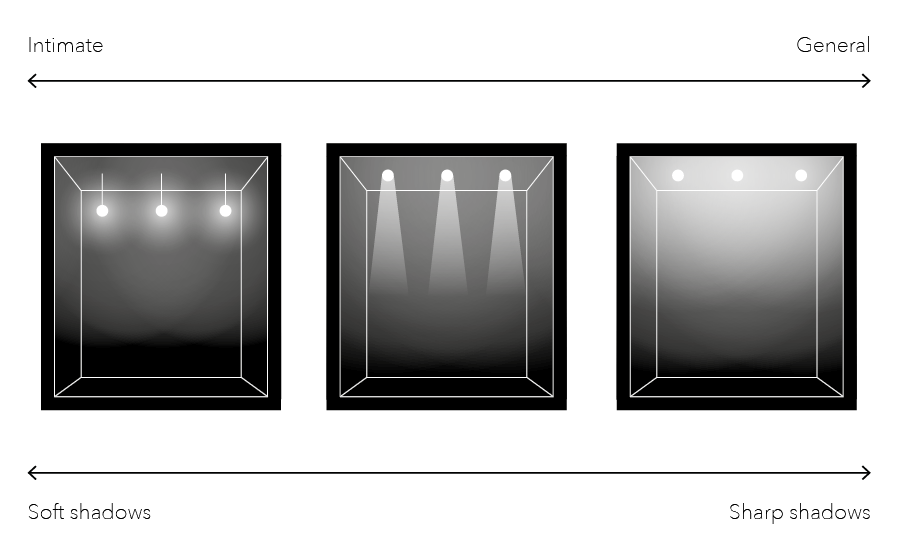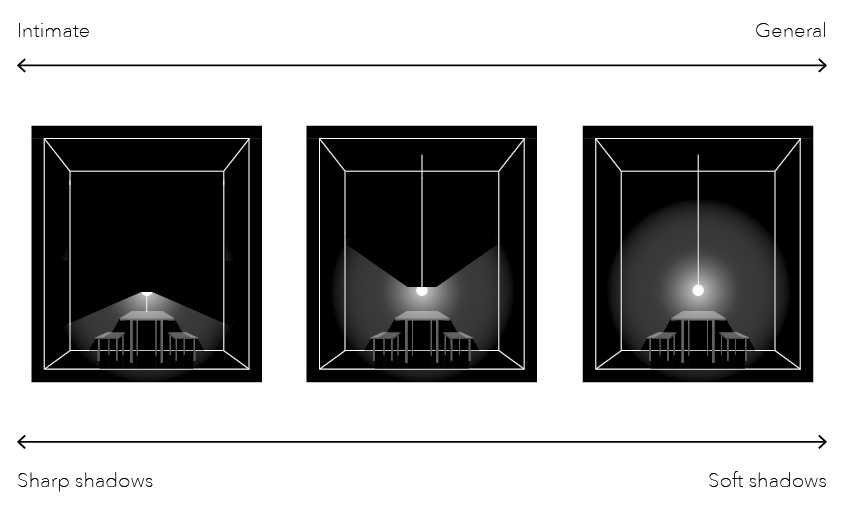Background
Food & Architecture
Everybody eats, everybody has an opinion on food. Tastes and preferences are highly personal and connected to one’s personal memories and culture. Food is both personal and political, and is about responsibility, sustainability, geography, identity and culture (Eliasson, 2010).
The food chain from production to mouth is today a long journey. We eat prefabricated food that has been processed and sold in several steps before consumption. Most of us cannot name where our food is from, or what our food consists of (Steel, 2020). The only exception, as I can see it, is in the expensive high-end diners, like the New Nordic Kitchen. Similarily in Architecture, we build with less natural and context based materials, and use standardized prefabricated, modular elements. The fields of food and architecture clearly reflects our current state of civilization and culture, that now is fast economic growth in the globalisation era.
Food and architecture are large contributors to greenhouse gas emissions, where food is at 34 % (UN, 2021) and the building industry at 38 % (UNEP, 2020). In 2050, all carbon emissions should be at net-zero in order to limit global warming to 1.5 ° C (IEA, 2021), and therefore these fields hold great responsibility and possibilities to create difference for a regenerative future.
Food & Senses
”You eat with your eyes”, and I argue the space in which we eat and produce food in also matter and can contribute to a more resilient world as much as the food and plate. Of course, it is not the only relevant things when eating – who we eat with, when we eat and for what occasion together with tastes, smells, and your body in relation to the senses all contribute to the atmosphere (Pallasmaa, 2005).
Sometimes we need a fast meal. Other times we spend the whole day around a meal. But the trend is that the fast food industry/lifestyle is increasing world wide in an ever searching for growth, and that contributes to a stressful, unhealthy lifestyle of overeating (Steel, 2020). One is never content if content is not enough.
Design Strategy
In this project, food is everything, and evertything is food, to us and to the earth. In a truly sustainable system, waste need to be degradable and some kind of food for the next generation of things, without polluting nature (Braungart & McDounough, 2002).
The applications of the iterations are done in a restaurant setting. In order to structure the rooms, I set up criteria for what the rooms should be like. This was then my guide in deciding for materials and the nature of space. However, the spatial designs are made as simple as can be according to their nature, as they are not the main focus of the project.

Nature of Space
With inspiration from the master thesis ”Tales of the Revived” (Eliasson & Moberg, 2019), and 14 Patterns of Biophilic Design (Browning, Ryan & Clancy, 2015), I use four spatial concepts inspired by nature to describe the room type. These are:
Spaces to withdraw (12. Refuge) [1], spaces to overlook (14. Risk/peril) [2], spaces to gather (11. Prospect) [3], and spaces that inspire exploration (13. Mystery) [4].

Activating Senses
In the modern life, a lot of our activities are centered around our sight. We watch TV, scroll social media and work by the computer. While doing this, many of us listen to music or podcasts, cutting out sounds, even when taking a walk. Drawing parallels from Juhani Pallasmaa in Eyes of the Skin (2005), the body should actually be considered central to the sences, where touch is superior to the other. In this section, I want to explore possibilities of activating more sences using new materials.
This is a study of using new, tactile composite materials that invite for a closer look, touch and smell. Their durability and cleanability are not regarded, and all materials need to be completely dry and to have a biodegradable coating in order not to mold from room humidity. Each material sample is unique in texture, color, composition and smell, and can be reused, recycled and decomposed without doing harm to the earth as they are made completely of food waste.
Nature of Space – Light Conditions

Entrance, corridor, dining room. 
Table, corridor.
